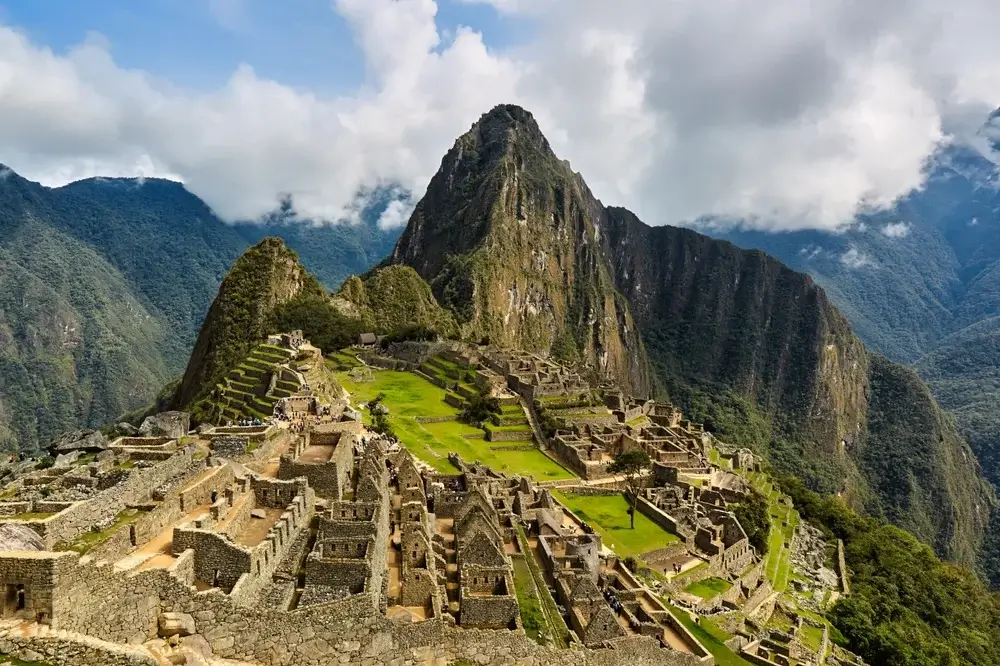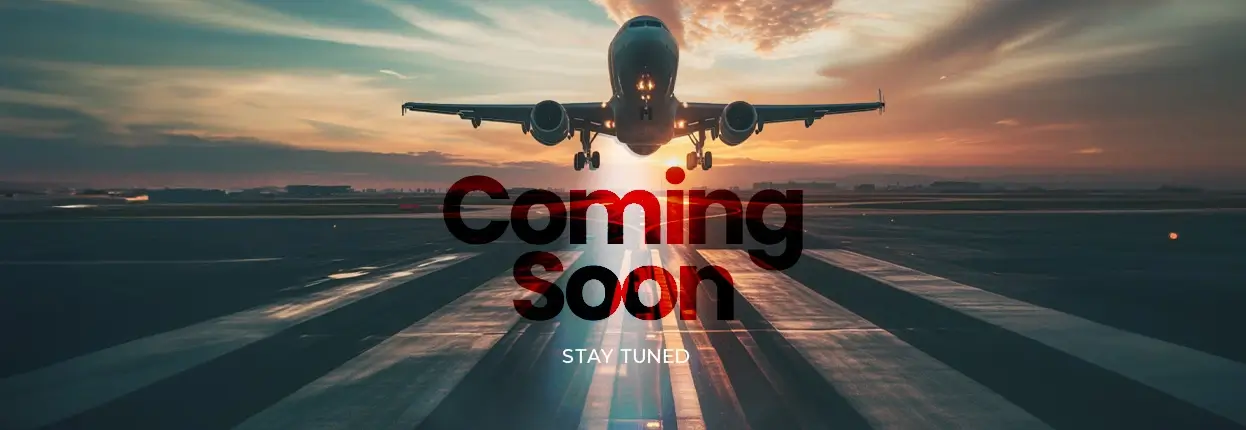Peru
Peru Country Guide

Peru, a country in western South America, is renowned for its rich history, diverse cultures, and stunning natural landscapes. The ancient Inca civilization flourished in Peru, leaving impressive ruins such as Machu Picchu, a UNESCO World Heritage Site. Peru is also home to the Amazon rainforest, a vast and biodiverse region, and the Andes Mountains, which offer hiking, mountain climbing, and skiing opportunities. The country's vibrant cities, such as Lima, Cusco, and Arequipa, showcase colonial architecture, traditional markets, and delectable cuisine, making Peru a captivating destination for travelers and adventurers.
Things To Know Before Going To Peru?
- Peru has diverse climates due to its varied geography
- Try Pisco, Peru’s national beverage, a brandy made from grapes.
- Peru’s high altitude can cause altitude sickness in some individuals.
- Peru's official currency is the Peruvian Sol (PEN).
- Spanish is the official language, and basic knowledge of Spanish can be helpful.
- Peru has delicious cuisine, and it’s recommended that you try the local specialties.
- Take common-sense safety precautions while traveling in Peru.
- Learn a few cultural norms and etiquette practices before visiting.
Is Peru Expensive To Visit?
Peru can be affordable, depending on your travel style and preferences. Budget travelers can expect to spend around $27 to $40 daily; for those looking for a more comfortable experience, a mid-range budget of around $96 to $130 per day.
Is Going to Peru Worth It?
Yes, visiting Peru is worth it for numerous reasons:
- Peru boasts a wide range of landscapes
- The country is steeped in history
- Peru is one of the most affordable countries in South America
- The country has a well-established and affordable bus system
- Peru is known as a hiker’s paradise
- Peru offers unique experiences like the Amazon rainforest and Kake Titicaca.
Is Peru Good For A Honeymoon?
Peru is an excellent choice for a honeymoon, offering a unique blend of romance, adventure, and cultural experiences. Some romantic destinations are:
- The iconic Machu Picchu
- Historic City Cusco
- The Sacred Vally
- The Peruvian Amazon
Best Cities In Peru
| City Name | Best For | Best Attractions | Average Trip Cost (per day) |
|---|---|---|---|
| Cusco | Inca history and culture | Machu Picchu, Qorikancha, Plaza de Armas | $40 - $100 |
| Lima | Culinary experiences | Larco Museum, Miraflores, Barranco | $50 - $120 |
| Arequipa | Colonial architecture | Santa Catalina Monastery, Colca Canyon | $30 - $80 |
| Iquitos | Amazon rainforest | Amazon River Tours, Belen Market | $40 - $90 |
| Puno | Lake Titicaca | Uros Floating Islands, Taquile Island | $25 - $70 |
| Ica | Wine and adventure | Huacachina Oasis, sandboarding, vineyards | $30 - $80 |
| Trujillo | Archaeological sites | Chan Chan, Huanchaco Beach | $30 - $70 |
Must-See Peru Attractions
- Machu Picchu: A UNESCO World Heritage site, this iconic Inca citadel is renowned for its stunning architecture and breathtaking mountain views. It is often called the "Lost City of the Incas" and is a must-visit for any traveler to Peru.
- Lake Titicaca: The highest navigable lake in the world, located at 3,812 meters above sea level. It is famous for its beautiful blue waters and traditional villages, including the unique Uros Islands made entirely of reeds.
- Nazca Lines: A series of ancient geoglyphs etched into the desert floor, these mysterious figures can only be fully appreciated from the air. They date back to 200 BC and 700 AD and continue to intrigue researchers and visitors alike.
- Colca Canyon: One of the deepest canyons in the world, it offers stunning scenery and opportunities for trekking, wildlife viewing, and experiencing traditional Andean culture.
- Sacred Valley: This lush valley has Inca ruins, traditional markets, and stunning landscapes. It is a gateway to Machu Picchu and is rich in history and culture.
- Choquequirao: Often considered the sister city of Machu Picchu, this lesser-known Inca site requires a challenging hike but offers incredible views and a sense of adventure.
- Huacachina Oasis: A picturesque desert oasis known for its palm trees and sand dunes. Visitors can enjoy dune buggy rides and sandboarding in this unique landscape.
- Santa Catalina Monastery: Located in Arequipa, this colorful monastery is famous for its beautiful architecture and serene atmosphere. It provides a glimpse into colonial life in Peru.
- Ballestas Islands: Often referred to as the "Galapagos of Peru," these islands are home to diverse wildlife, including sea lions, penguins, and various seabirds. Boat tours offer a chance to see these animals in their natural habitat.
- Inti Raymi Festival: A vibrant celebration of the Inca sun god, held annually in Cusco. This festival features colorful parades, traditional costumes, and rituals, attracting many visitors each June.
The Best Time To Visit Peru
The best time to visit Peru depends on the activities you plan to engage in and the regions you intend to explore. Here’s a breakdown based on the seasons:
- Dry season (May to October): June to August is the peak tourist season, especially for popular destinations.
- Wet Season (November to April): this season is less favorable for trekking. However, it offers fewer crowds and lower prices for flights and accommodations.
- Shoulder Season (April, May, October, November): these months offer a balance of decent weather, moderate crowds, and reasonable prices.
Where is Peru?
Peru is a country located on the western coast of South America. It is positioned just south of the Equator and is bordered by five countries: Ecuador and Colombia to the north, Brazil to the east, Bolivia to the southeast, and Chile to the south.
What Is The Capital Of Peru?
The capital of Peru is Lima. Founded in 1535 by the Spanish, Lima serves as the country’s political, cultural, and economic center. It is located along the coast of the Pacific Ocean and is known for its rich history, diverse architecture, and vibrant culinary scene.
Languages Spoken In Peru
Peru has three official languages: Spanish, Quechua, and Aymara. Spanish is the dominant language, spoken by about 84% of the population as a native language. Quechua is an indigenous language spoken by about 13% of the population, primarily in the Andes region. Aymara is another indigenous language spoken by about 2% of the population, mainly in southern Peru near Lake Titicaca.
Time Zone Of Peru
Peru is in the UTC-5 time zone, 5 hours behind Coordinated Universal Time (UTC).
What Currency Does Peru Use?
The currency used in Peru is the nuevo sol, symbolized as S/. It is the official currency of the country, and it is subdivided into 100 centimos.
Flag Of Peru
The flag of Peru consists of three vertical bands: red, white, and red. The white band is in the center, and the red bands are on the hoist and fly sides. It's important to note that the Peruvian flag can also be displayed with the country's coat of arms in the center of the white band. This version is typically used by the government and on official documents.
Population Of Peru
The population of Peru is approximately 34.7 million as of July 2024. Peru is characterized by a diverse demographic landscape, with a significant portion of the population living in urban areas, particularly in the capital city, lima.
Strange Laws In Peru
- Engaging in sexual activities with llamas or alpacas is illegal in Peru. Additionally, unmarried young men are not allowed to keep female llamas or alpacas in their homes, which is meant to prevent inappropriate relationships.
- In some areas, public displays of affection are discouraged or even prohibited.
- There are laws in certain cities that prohibit feeding pigeons in public spaces.
- Minors in Peru are subject to curfews, which vary by region. These laws protect young people from potential dangers during late-night hours.
- Street performers must obtain permits to perform in public spaces.

